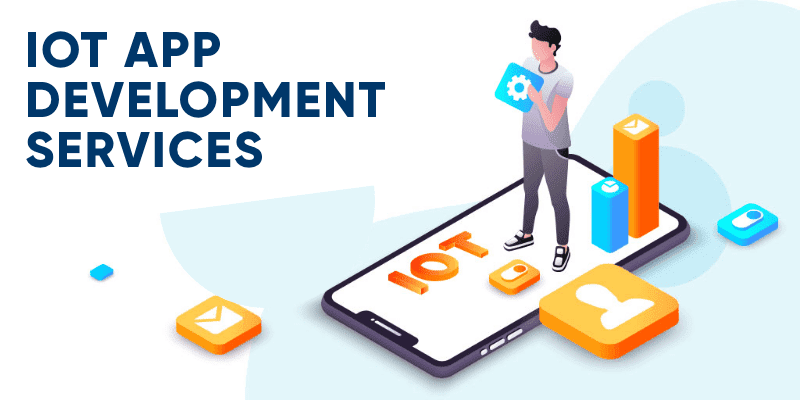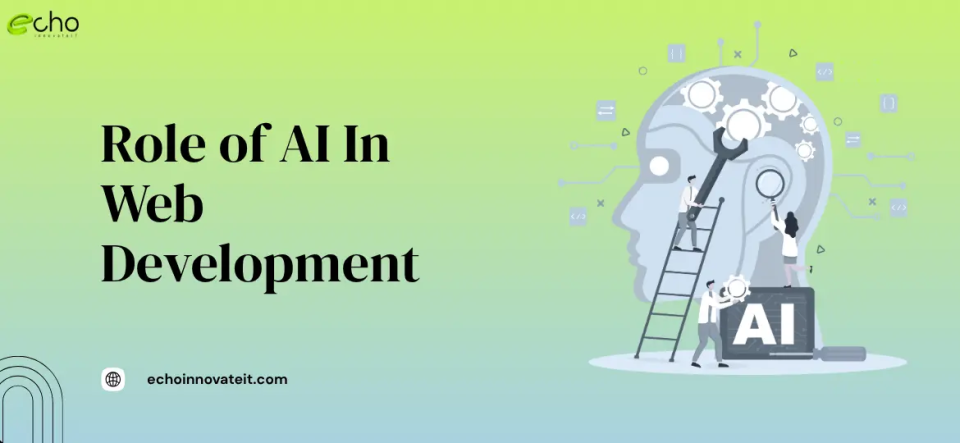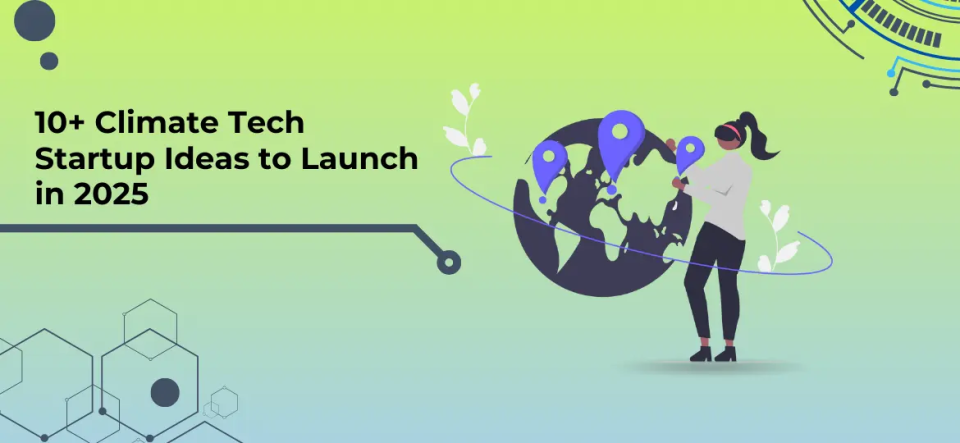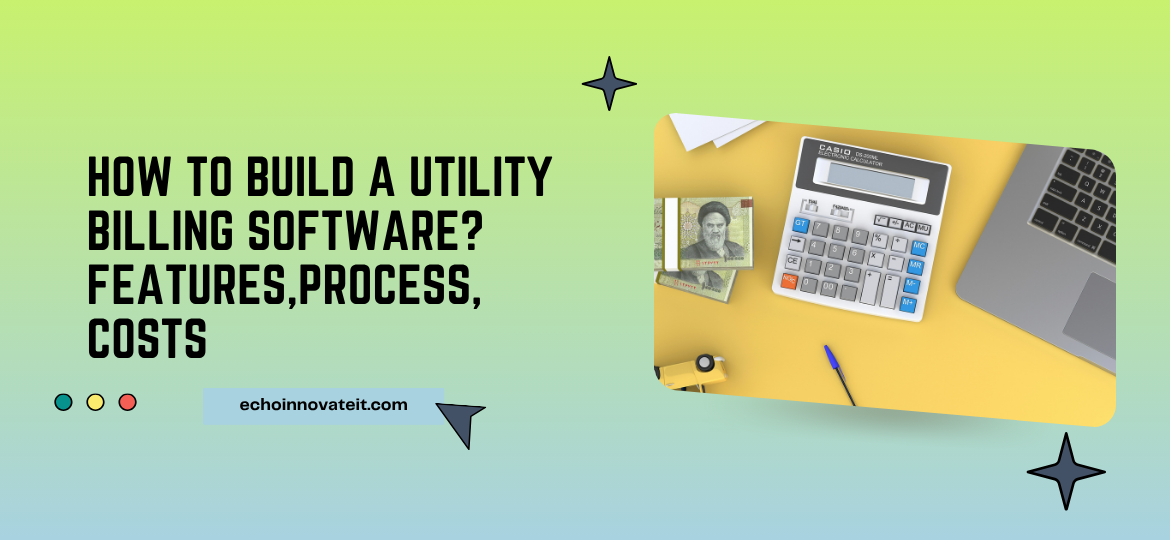Transforming Businesses with Innovative IoT Solutions
At Echoinnovate IT, we specialize in delivering cutting-edge IoT app development services that connect devices, systems, and people. Our expertise in IoT application development ensures seamless integration of hardware and software, providing real-time insights and automation for various industries.
The Internet of Things (IoT) is a fascinating new technology. Early adopters, as with any emergent technology, are usually the ones that benefit the most. The main goal of IoT app development is to understand incoming data, evaluate it, and deliver it to the user in a form that is valuable to them. This is a vital part of the whole IoT system.
It’s undeniable that the world’s population is becoming increasingly reliant on internet-connected devices. From home appliances to manufacturing assembly lines, they’re everywhere.
The demand for sophisticated applications and apps that integrate seamlessly with the IoT system and server is growing as IoT technology advances and more sensors, devices, and gateways are developed.
What Is IoT?
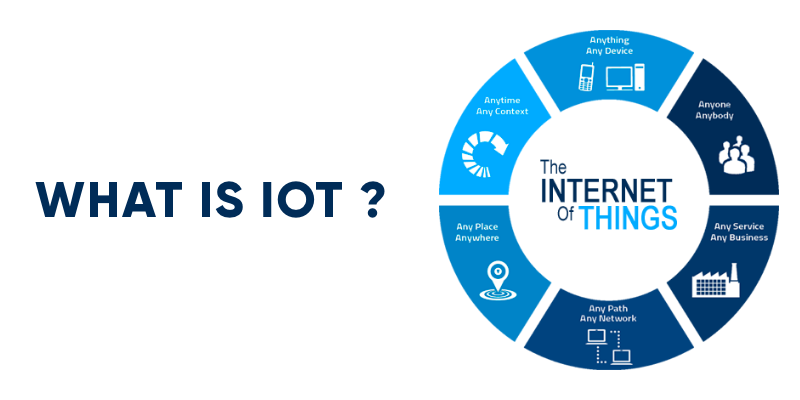
The Internet of Things refers to any device or piece of equipment that uses embedded software to connect to the internet.
When IoT technology couples with a product or device, it allows for real-time digital data exchange with other devices and systems, making it more “intelligent.” This allows for the addition of beneficial features to devices as well as the optimization of processes and operations.
In some cases, especially in industrial settings, the IoT app will be in charge of using the data to feed into other systems or operate other devices or machinery.
Our IoT Development Services
We offer a comprehensive suite of IoT development services tailored to meet your business needs:
Custom IoT Solutions: Design and develop bespoke IoT software development tailored to your specific requirements.
IoT Mobile App Development: Create user-friendly mobile IoT apps that offer real-time monitoring and control.
Industrial IoT Solutions: Implement robust industrial IoT solutions to enhance operational efficiency and safety.
Smart Device App Development: Develop applications for smart devices, enabling seamless user experiences.
IoT Platform Development: Build scalable platforms that support diverse IoT ecosystems.
IoT System Integration: Ensure smooth integration of IoT systems with existing infrastructure.
Connected Device App Development: Develop applications that facilitate communication between connected devices.
Custom Software Development for IoT: Provide end-to-end custom software development for IoT applications.
Why Get A Custom IoT App?
The Internet of Things market is massive, and it has a lot to offer many other industries. It appears that Internet of Things devices will soon be found in smart cities and agricultural areas, as well as large manufacturing plants, people’s homes, and cars. Internet of things application development services are becoming increasingly popular, yet finding excellent IoT developers may still be difficult.
We’ll emphasize consumer IoT in this post because that’s where mobile apps will be most useful. IoT devices may not require mobile interfaces in other industries, such as agriculture and small business. They can connect to the cloud directly or be controlled via web apps.
Which Industries Are Benefited From IoT Services? How?
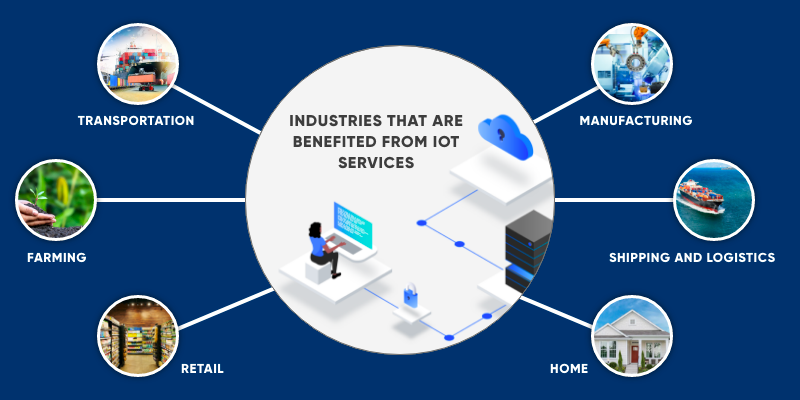
Many advancements in IoT technology have been made in recent years. People are using the Internet of Things in incredible ways to ensure human safety, environmental sustainability, and ease of living. Integration is becoming increasingly expected in the products we buy, the services we rely on, and even the clothes we wear as a result of technological advancements.
Transportation
Many sensors are used in modern cars to ensure a safe ride. Tesla takes this a step further by integrating software into its cars. Tesla uses the Internet of Things to monitor the overall vehicle system, allowing engineers to make improvements that are provided via software upgrades without requiring user involvement.
Farming
Farmers may use precision agriculture IoT applications to monitor various sets of data in real-time to improve crop output and eliminate wastage. Fertilization and irrigation are tailored to the crop and region in order to generate the best growing conditions with the right mix of elements.
Retail
Retailers use IoT-connected devices to improve control and the quality of the consumer experience they can offer. Beacons, custom mobile apps, wearable gadgets, smart fitting rooms, and RFID sensors all send real-time data, allowing businesses to better analyze consumer behavior and customize the shopping experience.
Manufacturing
IoT platforms give manufacturers access to data that enables them to work more proactively. Applications built with IoT in manufacturing companies can be used to assess their machines’ needs and take action before they break. Employees are safer due to wearable devices connected to the Internet of Things. Leadership gains greater visibility into everyday operations thanks to real-time data acquired via an IoT platform.
Shipping and Logistics
IoT technology enables shipping and logistics companies to keep vehicles on the road and goods on their way. Vehicle sensors can provide data back to internal systems, alerting management to potential issues. Companies may schedule repairs or replacements around delivery using custom IoT applications.
Home
Lighting solutions, thermostats, smoke/CO detectors, safety gadgets, and smart speakers are all examples of how the Internet of Things has made our homes more connected than ever before. Through the usage of IoT applications, users may create a secure, comfortable, and efficient experience at home by combining various kinds of hardware with advanced software programs.
Steps To Consider While IoT App Creation
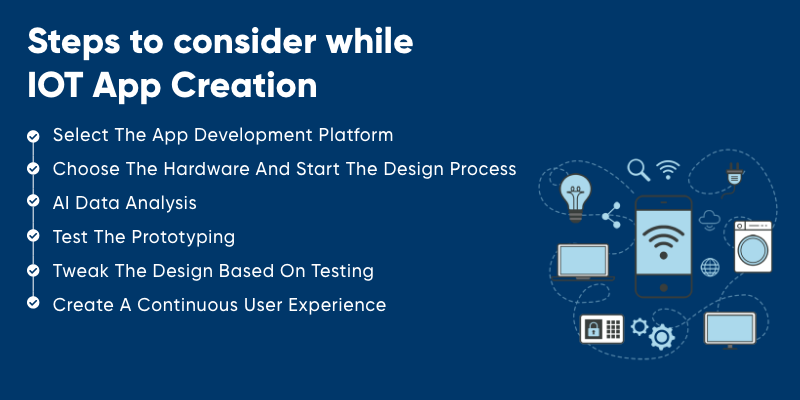
The process of developing an IoT application is influenced by a variety of factors, including the organization’s budget and overall timeline. However, the following are a few of the most common steps and considerations:
Select the App Development Platform
Companies can choose from a variety of platforms, including no-code and low-code options. Different platforms are chosen by developers to connect items into a single system. Low-energy sensors and other manufacturer’s items, for example, are enabled by Google’s IoT platform.
Choose the Hardware and Start the Design Process
Get Started with Your IoT Project
Partner with Echoinnovate IT, a leading IoT development company, to bring your IoT vision to life. Contact us today to discuss your project requirements and discover how our enterprise IoT solutions can drive your business forward.
Meta Title: IoT App Development Services | Echoinnovate IT
Meta Description: Echoinnovate IT offers comprehensive IoT app development services, including custom IoT solutions, mobile app development, and system integration for various industries.
This revised content incorporates essential keywords such as “IoT app development,” “IoT application development,” “custom IoT solutions,” and others, ensuring better alignment with search engine algorithms and improving the page’s potential to rank higher in search results.
If IoT app developers don’t want to create their own hardware, they should look for a reliable vendor to undertake the task. Two primary issues for ensuring the application works as intended are reliability and connectivity.
When it comes to the design process, developers should consider speed and performance first. Many Internet of Things (IoT) apps is capable of collecting data in real-time. For some applications, even a lag of a few seconds may be too long. Security must also be a major priority during the design process, as this will lower the probability of difficulties later on.
AI data Analysis
An IoT system’s core workflow consists of five steps: create, communicate, aggregate, analyze, and act. The sensors provide data to the cloud via a network that is aggregated (gathered). Data analysis is the next step, which is handled by an IoT app and can be improved using AI and machine learning technologies.
By integrating an AI engine or machine learning algorithms into an IoT app, device developers can gain data insights rather than simply raw data. The information obtained from the data can then be used to improve workflows.
Test the Prototyping
Prototyping is an important component of IoT app development since it demonstrates real-world viability and allows companies to sort out any difficulties before the app is released publicly. Compatibility concerns between different vendor products and software can also be checked by developers.
Tweak the Design Based on Testing
Even the most well-thought-out ideas will almost certainly need to be tweaked following testing. This is not a reflection of the development team’s failings, but rather a reflection of the fact that problems occur frequently when customers use the app. This is because testers frequently interact with the application in ways that the developers did not anticipate.
Create a Continuous User Experience
The creation of a custom IoT app allows you to use the agile Continuous User Experience methodology (CUE).
CUE entails gathering information and data from anybody who uses your app. You may look over all of this data to see how people connect with it. This makes your app more user-friendly by allowing you to adapt and refine it depending on user requests. By optimizing your app in this way, you may increase consumer loyalty and get an advantage over your competitors.
Stages Of IoT Application Development
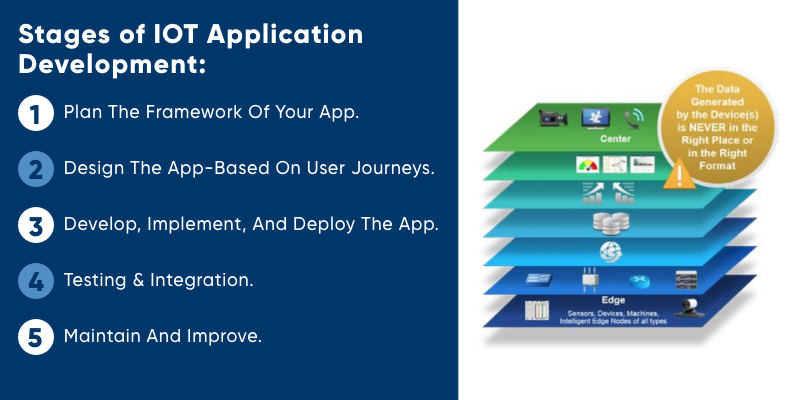
Plan the Framework of Your App
The first step is to plan the IoT app’s architecture, determine which features will be required, determine how the UX will function, understand how the app will interact with the device system software, and determine how data will be transferred between the devices and the IoT app. Taking control of security and encrypting data using communication layer security within the app, such as TLS or DTLS, must be prioritized.
Design the App-Based on User Journeys
We design the app at this point. In other words, you’ll need to think about future security systems, overloads, and user journeys when designing the app.
You’ll need to conduct some research in order to accurately identify the user journey(s). You must speak with end-users or consumers to learn exactly what they expect from the app.
When there are multiple types of end-users, you should spend time figuring out what the differences are. For example, one type of user may only want raw data, such as an operator who wants to plug the data into a CNC machine, whereas another user, such as a factory manager, may want data visualizations and insights.
The IoT app’s UI and UX must be of the highest quality. The last thing you want is for users to become so frustrated with a complex interface that they abandon it after only a few minutes. To develop a successful UI/UX, make sure that all of the sensor responses, as well as the numerous functions and services, are presented in an intuitive and easy-to-use manner.
User-friendliness is the most crucial factor to consider while designing interfaces. An excellent app is one that requires little or no training or explanation to use. Users should be able to open the app and get exactly what they’re looking for in only a few clicks.
After you’ve defined and planned out the user journeys, you’ll need to decide on the primary features and services, such as the dashboard, analytic displays, alerts and notifications, QR or barcode scanner, messaging features, preferences, and controls, and so on.
Develop, Implement, and Deploy the App
The next step in IoT app development is to create the app itself. It is a step in the project execution process where all of the previously stated app architecture and design concepts are implemented. We create a functional app at this point and obtain the exact interface with all of the actionable menus, lists, and forms.
The app’s correct integration with all of the selected IoT devices, third-party service integrations, and implementation of the security management system and security protocolsare the primary hurdles throughout development. The development team must guarantee that all data is correctly transferred and stored.
It is incorrect to assess the required tech stack and team members without first specifying the scope of your project; contact our specialists for more accurate information.
Testing & Integration
Once the app is live, it must be thoroughly tested to ensure that all of the features and services perform as expected, that there are no bugs or glitches, and that the user experience is satisfactory. To ensure that all user journeys perform successfully, a variety of test cases should be used and test data evaluated.
After thoroughly testing the app and resolving all issues, it’s time to connect it to the entire IoT system. This normally entails configuring data transfer cloud gateways and networks, as well as integrating them with the app’s communication layer security protocol.
After the system has been connected and integrated, additional tests should be run to ensure that data integrity and security are maintained across the system. Depending on the business, applications may be required to pass specific testing, such as HIPAA in healthcare.
Maintain and Improve
The maintenance phase is the final step of the SDLC for an IoT application. To increase overall performance, maintenance involves checking and adapting the software, system hardware, and technical specifications.
Security should be one of the key areas of focus throughout the maintenance stage. Vulnerabilities may exist or develop over time as a result of system improvement. Swift and effective fixing, ideally without disrupting other things is the solution.
Having a good change control or change management procedure in place during the maintenance phase ensures that any app upgrades or adjustments are done correctly, without creating disruption or damage to the overall IoT system
Cost Of Developing An IoT Application
According to statistics, the cost of developing an IoT app typically ranges from $80,000 to $250,000, depending on the app’s complexity and size.
The cost of creating an IoT app depends on a number of factors, including:
- The complexity of the features;
- The complexity of the features; the operating systems;
- Scalability
- Staff costs – developers, data scientists, project managers, designers, and so on;
- Priorities in terms of design and functionality.
Outsourcing IoT app development to a team of experts with experience building high-performance apps in a short amount of time is the ideal option to cut costs. We are among the top IoT service providers with 50+ professional mobile app developers. We offer the top top-notch IoT application services at a reasonable cost.
Conclusion
We hope that this guideline has helped you in discovering the potential benefits of IoT solutions.
Here’s a quick overview of the important points discussed in this guide:
- The Internet of Things (IoT) is a network of sensors and devices that connect to a cloud-based software and exchange data
- By 2025, the IoT business will be worth between 4 and 11 trillion dollars
- Hardware, network, analysis software, and app are the four basic components of an IoT system
- When creating an IoT app, security and data handling systems are critical considerations
- Your software will be more effective if it has a well-designed user interface
- Manufacturing, logistics, retail, smart homes, healthcare, and other industries make use of IoT apps
- An IoT app can cost anywhere between $80k and $250k to design
Whether you’re going to build an IoT device or already have one, now is the time to start thinking about how you’ll integrate it into your business.
FAQs
What is IoT app development?
IoT applications development is also called M2M app development (Machine-to-Machine). Simply, this is a system where devices exchange data without any person involved. They can be the systems of company security, ‘smart house’ systems, or accounting systems for a logistics company.
What are the most common IoT applications?
- Smart Homes
- Smart City
- Self-driven Cars
- IoT Retail Shops
- Farming
- Wearables
- Smart Grids
- Industrial Internet
How much does it cost to develop an IoT application?
The cost of developing an IoT app typically ranges from $80,000 to $250,000, depending on the app’s complexity and size.
Which Python frameworks are used to create mobile apps?
There are two basic categories of python frameworks that may be used for mobile app development: front end frameworks and back end frameworks.
